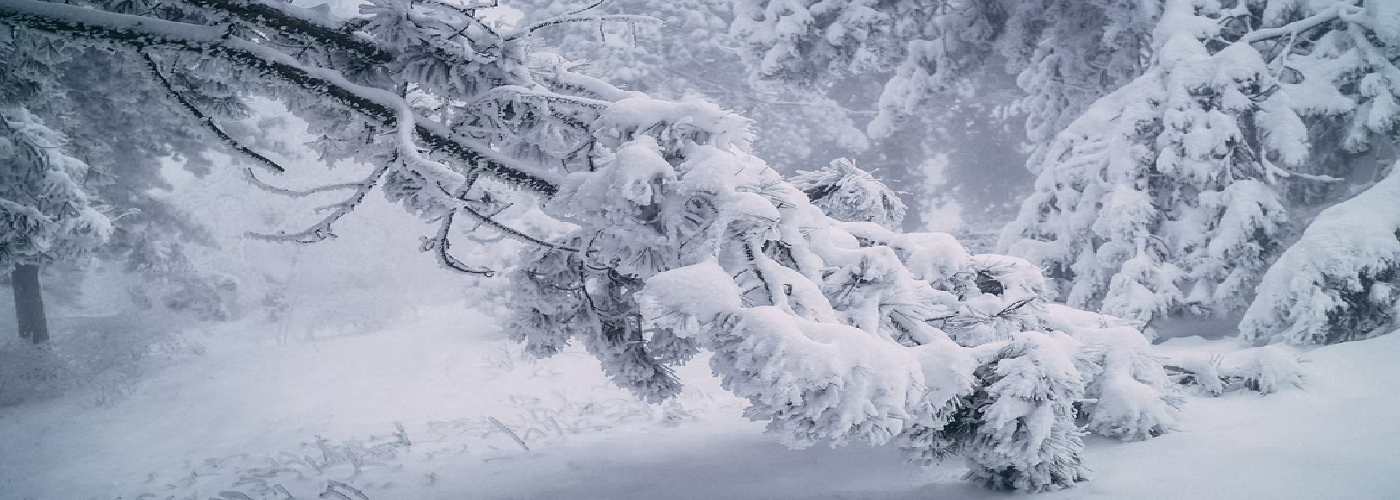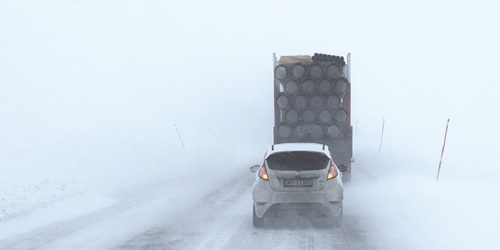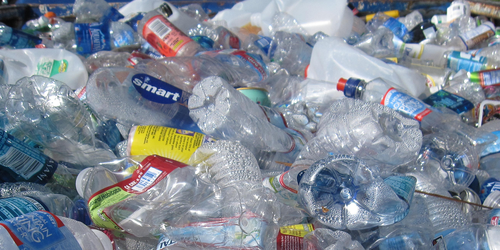
Winter Weather Safety
Jennifer Wojcicki
As winter approaches, it seems only fitting to delve into some winter weather safety and survival tips for those who may not know what to do in hazardous situations.
Prepare Your Home:
It’s a good idea to make sure you have the ability to access weather forecasts and reports as they come out. This will help you determine what to do and when you do should do it.
- Take a look at the pipes and walls throughout your house to make sure they are properly insulated.
- In the overnight hours, let your faucets slowly drip to help prevent freezing water from making your pipes burst.
- In the case of a power-outage, have firewood in place so that you can use a fireplace to help heat up the room.
- Make sure your emergency supply kit is fully stocked (a list of which you can find below):
- weather radio, generators, flashlights, batteries, first aid kit, non-perishable food, water (in bottles in case pipes freeze), firewood, extra clothes/shoes, blankets, portable phone charger
Prepare Your Car:
Winter travel is a dangerous one. By taking a few maintenance precautions, you may save yourself from being stranded in the car:
- Make sure your windshield wiper blades function properly and replace your wiper fluid with one designed to withstand the winter cold.
- Check your tires for worn-down tread and make sure they’re either winter-specific tires or all season ones.
- Store a set of jumper cables in your car.
- Have an easily accessible windshield scraper in your car.
- Make sure your emergency supply kit is fully stocked (a list of which you can find below):
- weather radio, extra windshield scraper, a shovel, flashlights, batteries, first aid kit, non-perishable food, water, extra clothes/shoes, blankets, bright piece of fabric, emergency flares, sand, portable phone charger.
Stranded in a Car
If you become trapped in your vehicle during a blizzard, the safest thing to do is remain in your car. Do not try to flee the scene, unless you see a nearby building that can provide better shelter. The first thing you should do is pull off the road. Turn your hazard lights on and hang a bright colored flag (or whatever type of material you happen to have) from your window or radio antenna for people to see. Run your car for 10 minutes every hour to keep warm and to keep the fuel lines from freezing. When doing this, also crack open one of your windows to avoid carbon monoxide poisoning and if you can, clear snow off of your exhaust pipe as well. Move your arms and legs often to keep circulation going. You can also help insulate yourself with whatever you can find in your vehicle (road maps, floor mats, etc). Wait till the storm passes or until rescued.
Falling Through Ice
First, do not panic. Easier said than done, but the body has at least two to five minutes before it begins to loose it's strength in such cold conditions. If submerged completely, look for the hole you fell through. A good frame of reference: the brighter the surface of the water, the higher the chances are that is where you fell. Once you find the surface, stay afloat by treading water. Grab onto the edge of the ice and use your arms and elbows to lift as much of your body out of the water as you can before pulling yourself completely out. This will allow for the water to drain from your clothing. Lean onto the ice and begin kicking your feel until you are in a horizontal position. This buoyant position will make it easier to pull yourself out. Once out, do not stand! The ice around the hole may be weak, therefore roll severe feet away instead. Head back the way you came, warm-up, and seek immediate medical attention.






